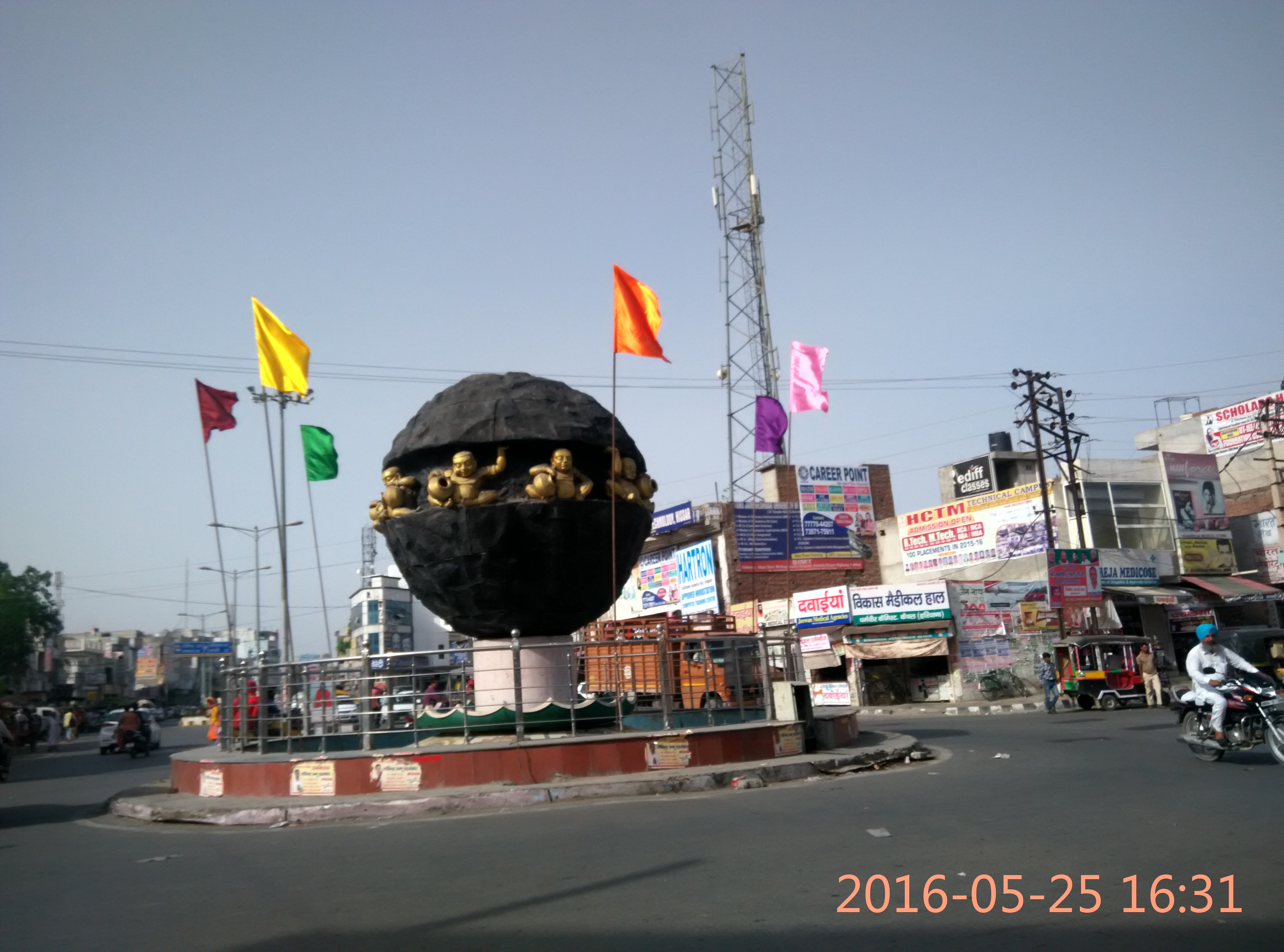Tosham represents a profound archaeological and cultural landscape nestled within the Bhiwani district of Haryana, embodying centuries of historical complexity. The town's centerpiece—the Tosham Rock Inscriptions—provides an extraordinary window into the socio-religious dynamics of ancient India, particularly the Satvata lineage and Vaiṣṇava traditions. These epigraphic records, meticulously carved into the smooth Aravalli Mountain rock face, date back to the 4th or 5th century and offer scholars invaluable insights into monastic establishment and community infrastructure during the Gupta Empire era.
The inscriptions' significance extends far beyond mere historical documentation. They represent a nuanced narrative of religious practice, architectural achievement, and cultural transmission. Pioneering scholars like John Faithfull Fleet and M. Willis have extensively studied these archaeological treasures, revealing intricate details about the religious preceptors and their societal roles. The rock face serves not just as a medium of communication but as a testament to the sophisticated epigraphic techniques employed by ancient Indian civilizations.
Geographically and culturally, Tosham exists at a fascinating intersection of multiple historical kingdoms and ruling dynasties. From the Tomar dynasty under Anangpal to the Chauhan Rajput era of Prithviraj Chauhan, the region has witnessed remarkable political transformations. The subsequent periods of Delhi Sultanate, Mughal Empire, Shekhawati rule, and British colonial administration further enriched the town's complex historical tapestry, making it a microcosm of India's diverse cultural experiences.
Beyond its archaeological prominence, Tosham boasts unique cultural features that distinguish it from typical historical sites. The sacred sulfur ponds like Pandu Teerth Kund, Surya Kund, and Kukkar Kund attract pilgrims believing in their healing properties. The Baba Mungipa Mandir, a significant temple associated with a contemporary of Buddha, adds another layer of spiritual significance to the region's cultural landscape.
The town's archaeological richness extends beyond rock inscriptions. The discovery of 5th-century rock paintings featuring diverse figures—including a royal family, a saint, and intriguingly, a dinosaur-like creature—provides a remarkable artistic and cultural snapshot. These paintings complement the inscriptions, offering a multifaceted understanding of the era's visual and narrative traditions.
Recent developments have positioned Tosham as a site of both historical preservation and modern infrastructure. Its recognition as an "Adarsh Village" highlights community development efforts. However, challenges like unsustainable mining activities threaten the region's ecological balance. The town's location within the Northern Aravalli leopard wildlife corridor underscores its environmental significance, bridging historical exploration with contemporary conservation concerns.
Modern infrastructure has gradually transformed Tosham's landscape. Established public institutions like schools, a tehsil office, and the Haryana Police's wireless communication system demonstrate the town's integration into contemporary administrative frameworks. Yet, these modern elements coexist harmoniously with the ancient archaeological sites, creating a unique spatial narrative that connects past and present.
The Tosham Rock Inscriptions ultimately represent more than a historical artifact; they are a living testament to India's rich, multilayered cultural heritage. They invite scholars, tourists, and cultural enthusiasts to explore a site where ancient religious practices, architectural innovations, and historical transformations converge, offering profound insights into the complex social dynamics of early medieval India.



